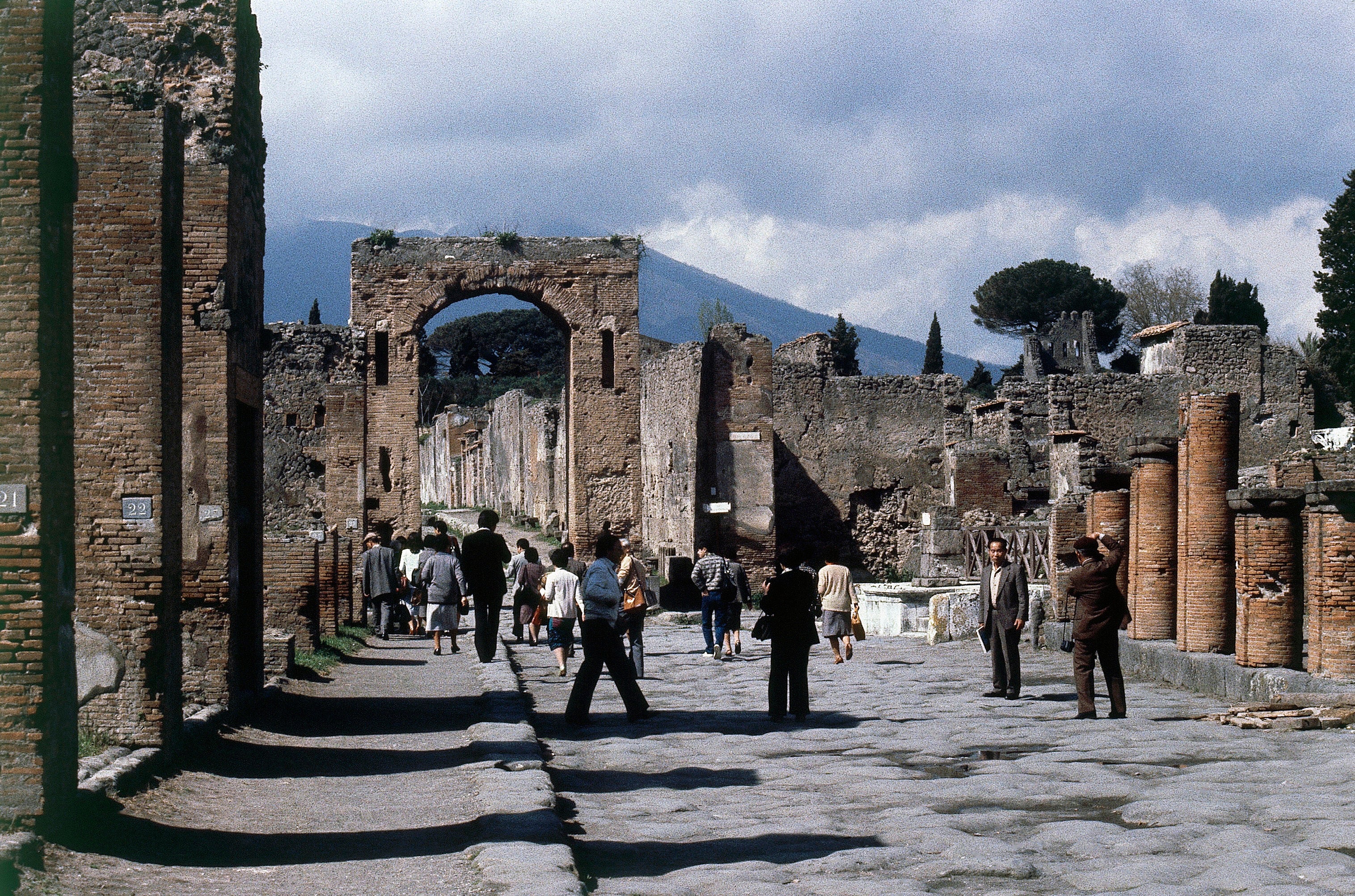One of Italy’s leading tourist attractions is set to join other sites in bringing in restrictions to curb over-tourism.
The Pompeii archaeological park plans to limit visitor numbers to 20,000 a day and introduce personalized tickets starting next week.
The move comes after what authorities called a record summer that saw over 4 million people visiting the world-famous remains of the ancient Roman city, buried under ash and rock following the eruption of Mount Vesuvius in 79 A.D.
On Friday it was revealed scientists have used ancient DNA collected from the casts that have been made to better understand the Pompeii residents and their origins. What they found alters history that’s been written since Pompeii’s rediscovery in the 1700s.
The park’s director Gabriel Zuchtriegel said visitors to the main archaeological site now exceed an average of 15,000 to 20,000 every day, and the new daily cap will prevent the numbers from surging further.
“We are working on a series of projects to lift the human pressure on the site, which could pose risks both for visitors and the heritage (that is) so unique and fragile,” Zuchtriegel said.

Starting Nov. 15 tickets to access the park will be personalized to include the full names of visitors. A maximum of 20,000 tickets will be released each day, with different time slots during the peak summer season.
The park’s management is also trying to attract more tourists to visit other ancient sites connected to Pompeii by a free shuttle bus under the “Greater Pompeii” project, including Stabia, Torre Annunziata and Boscoreale sites.
“The measures to manage flows and safety and the personalization of the visits are part of this strategy,” Zuchtriegel said.
“We are aiming for slow, sustainable, pleasant and non-mass tourism and above all widespread throughout the territory around the UNESCO site, which is full of cultural jewels to discover,” he added.
Post-pandemic, the influx of millions of visitors to tourist-strewn towns has, in some cases, risen to levels above those seen in 2019. Too much tourism threatens to disrupt residents and natural ecosystems, and contribute to transport pollution.
Over Italian sites targetting over-tourism…
Click Here to Read the Full Original Article at The Independent Travel…
